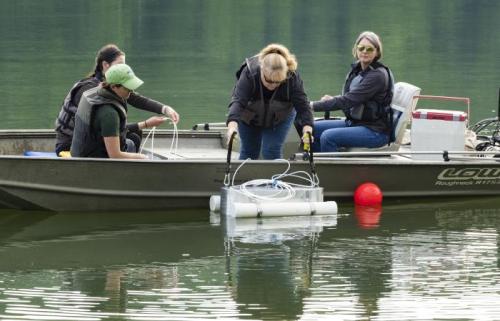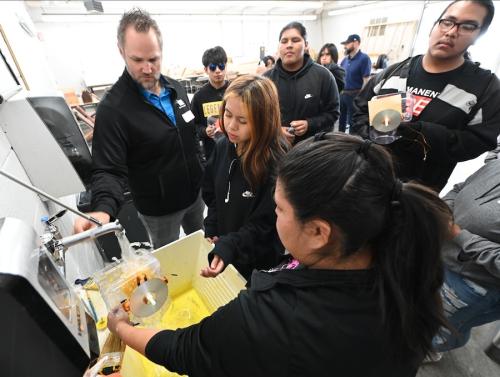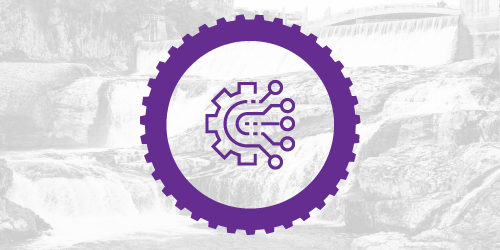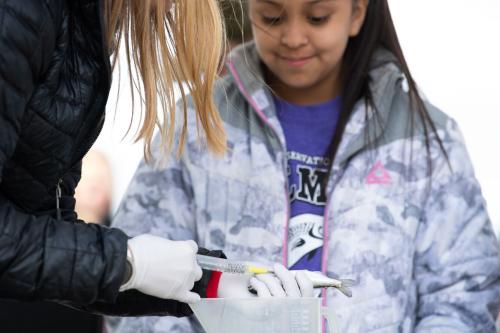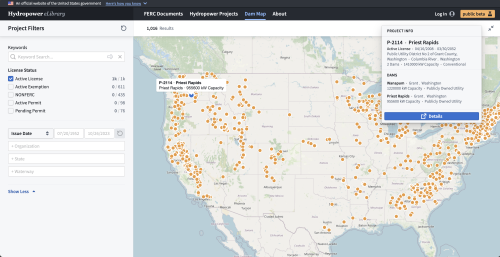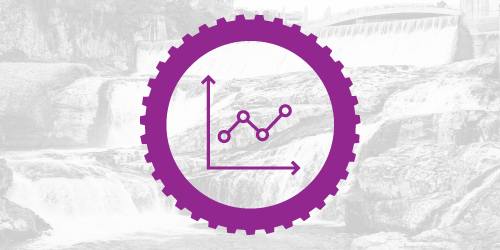
Tool Calculates the Full Value of Pumped Storage Hydropower
Accurately estimating the full value of pumped storage hydropower (PSH) is key to supporting future developments, but PSH provides both market and non-market services that can be difficult to quantify. To address this, Argonne National Laboratory led a multi-laboratory team to create the Pumped Storage Hydropower Valuation Tool. Developed with input from industry participants and guided by a technical advisory group consisting of industry experts and other stakeholders, the free tool provides valuation guidance that accounts for all grid services and contributions from PSH plants. Users of the tool are guided through the 15-step valuation process that features a back-end benefit-cost analysis tool, a price-taker valuation tool for small-scale PSH, and a multi-criteria decision analysis tool. There is also an accompanying guidebook that provides consistent, repeatable methods to more accurately value PSH projects and inform stakeholder decisions on future PSH investments.
Learn more about the PSH Valuation Tool from Argonne National Laboratory.

